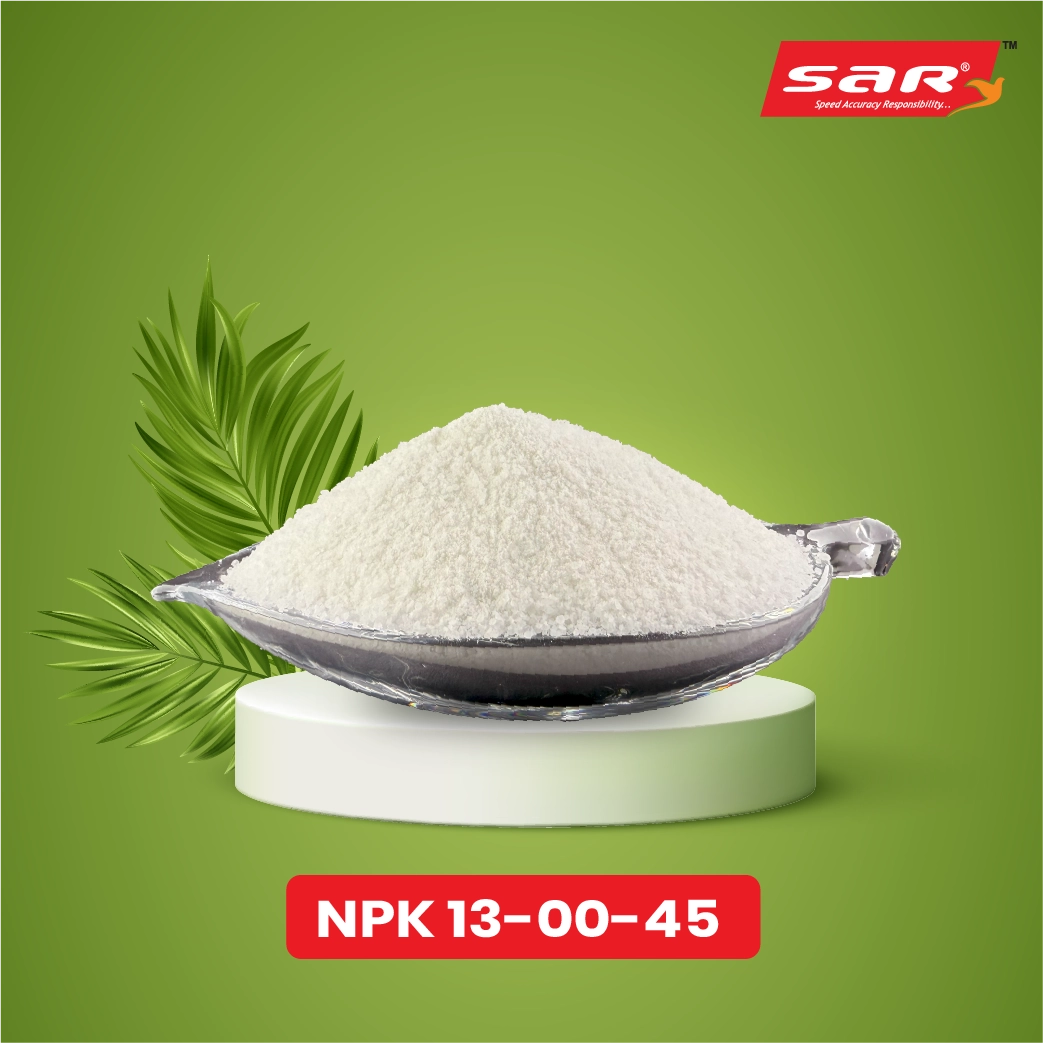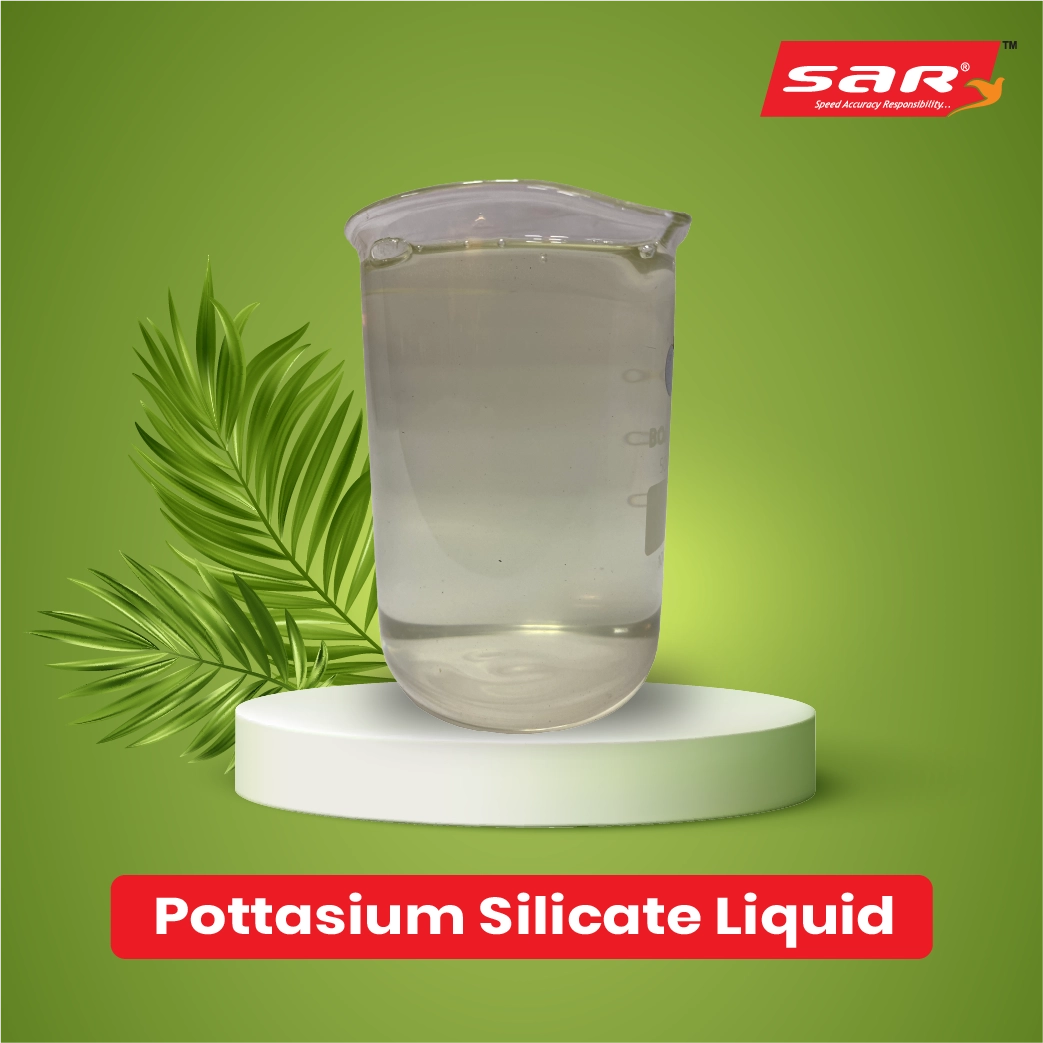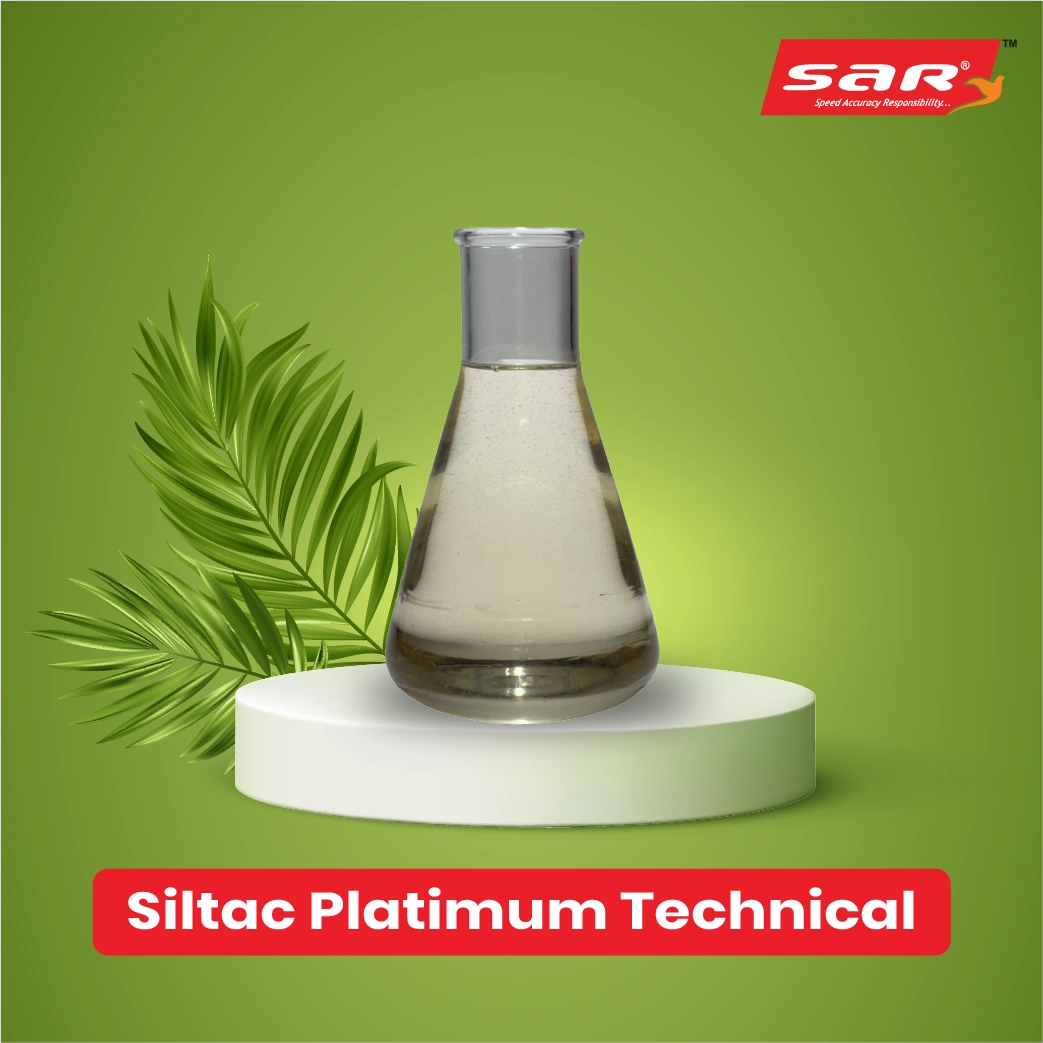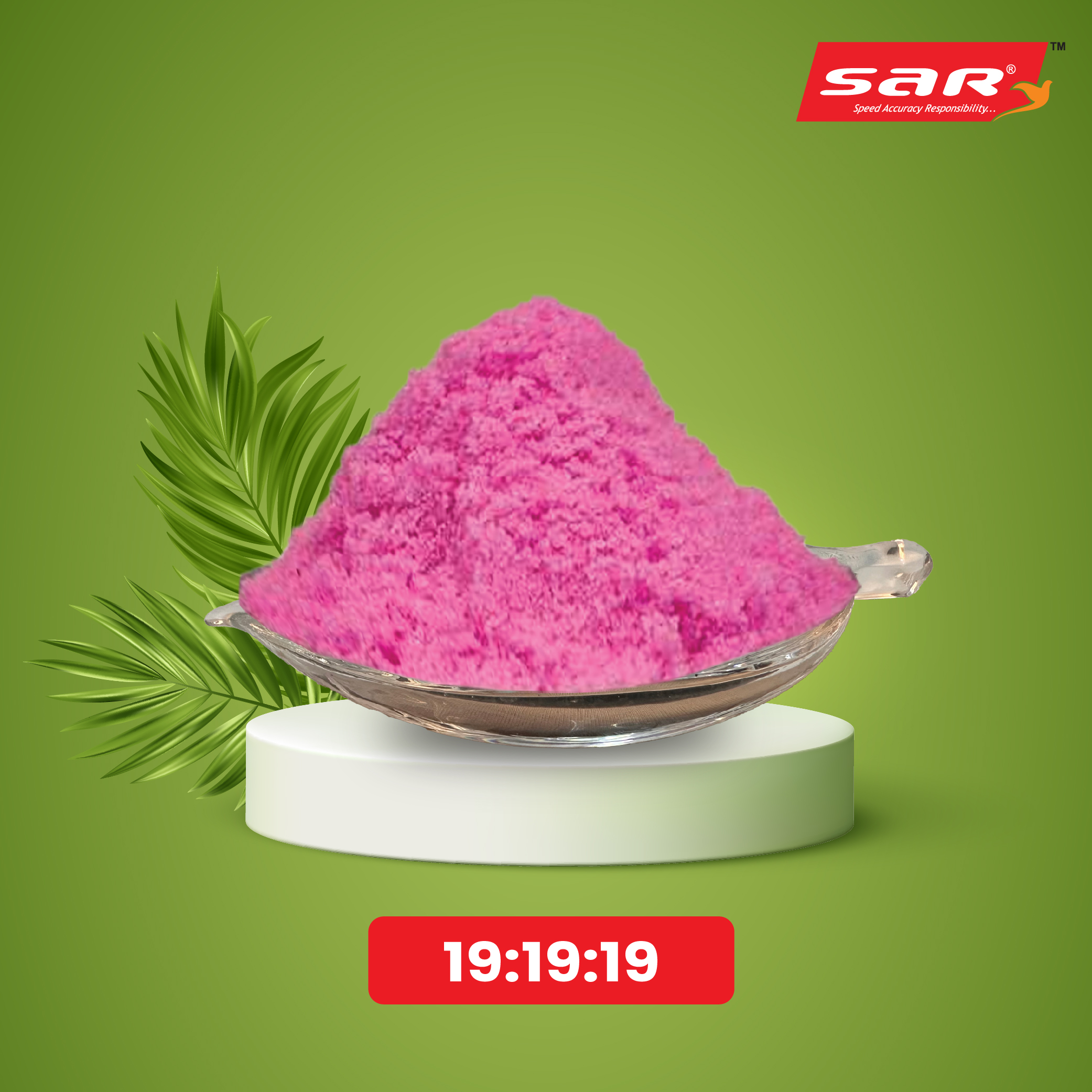 Name Name |
Sodium Silicate Liquid
|
 Description Description |
Sodium Silicate Liquid is a very soluble source of plant-available silicon and comes in liquid form and is an all natural substance that can be applied to the leaf or root zone. Although silicon is widely available in soils the plant-available form, Ortho Silicic Acid, is frequently in short supply. When applied will steadily breakdown into available forms for plant roots to uptake. It is also a serviceable little fellow, providing plant components and fortifying native resistance against a myriad of biotic and abiotic stress factors that more than offset some of the less than ideal farming practices.
|
 Specification Specification |
- Actives: Sodium Silicate (different SiO2:Na2O ratios are available, generally from 2.0-3.5)
- Formulation: Clear, viscous liquid
- pH: Very alkaline, often >11 (needs careful handling and pH adjustment for agriculture application)
- Specific gravity: It is ranging from the ratio and concentration, from 1.30 to 1.60 g/cm³
- Solubility: Soluble in water giving an alkaline solution.
- Silica: Depending on product, typically 25-35%
- Na2O Content :It varies from product to Product, generally 8-15%
|
 Benefits Benefits |
-
- Enhanced Plant Cell Wall: Makes stem stiffer and leaves erect, resulting in less lodging in rice and wheat and better light harvesting.
- Better Pest and Disease Resistance: Acts as a physical barrier in plant tissues, reducing pest and disease pressure caused by piercing-sucking insects (aphids, mites) and fungal pathogens (powdery mildew, rusts, blast).
- Enhanced Resistance to Abiotic Stress: Facilitates enhanced drought, heat, cold, and salt stress tolerance in plants through improved water retention and osmosis balance.
- Enhanced Nutrient Uptake and Utilization: May increase the uptake of other critical nutrients, phosphorous, and may minimize heavy metal (specifically aluminium and manganese) when found in acidic soils.
- Less water loss: Adds to thicker cuticle, invites less transpiration improving water use efficiency and it is crucial in water-stress area.
- Enhanced photosynthesis: Favouring erect leaves and better plant architecture, which results in higher photosynthesis efficiency.
- Increased Yields and Quality: When your plants are healthier and stronger, the result can only be higher yields and higher quality crops. Use of Sodium Silicate Liquid is an investment in your crop health.
|
 Application Application |
Sodium Silicate – Liquid may be used in the following manner, bearing in mind that it is alkaline:
- Soil Drench/Irrigation: Most common method. Thoroughly mix with water and apply to the soil around plant root zone or through irrigation systems. Note: Final solution pH may need to be adjusted with crop and irrigation water pH.
- Spray on the Foliage: Not as common because of the high pH but can be done with very mild solutions with careful observation. A highly diluted solution can be sprayed on to the leaves but keep it weak to avoid burning the leaves.
- Hydroponics/Soilless Media: May be added directly to nutrient reservoirs at the rate of 1-2 ml per liter. (1/4 – 1/2 tsp. /32 oz.) Stir well to mix solution thoroughly. It is always the best idea/ to premix this in a small cup of water to avoid the baking soda without water contact…Caution! be sure to monitor pH.
|
 Time Time |
- Early Veg Growth: Critical for strong first floor level growth.
- Stress Periods: Apply prior to, or during, environmental stresses (drought, heat, salinity) or active pest/disease pressure.
- During Growing season: Frequent, light feedings are usually better than one or two heavy applications, especially for long-season crops. The moment for the use of Sodium Silicate Liquid would have to be, however, according to the stages of development of the crop where the advantages due to the presence of silicon are greater.
|
 Precaution Precaution |
- Strong Base: Sodium Silicate – Liquid is a strong base (high pH). Always handle with extreme care.
- PPE: Wear chemical-resistant gloves, eye protection (with safety goggles or face shield) and protective clothing to avoid contact with skin and eyes.
- Ventilation: Use with good ventilation.
- Mixing: Always add Sodium Silicate Liquid gradually to water never the reverse to minimize heat generation. Stir continuously.
- Compatibility: Avoide forbids the direct mixture with acid or pesticides without the appropriate compatibility test (jar test), chemical reactions or precipitation may occur.
- Storage: Keep container closed when not in use so in closed containers in a cool, well-ventilated area, away from acids and foods. Keep away from children and unauthorized personnel.
- Disposal: Dispose of contents and container to at a waste processing plant in accordance with local/ national regulations.
|
 Shelf Life Shelf Life |
When stored as recommended (sealed container, cool, dry place), shelf life is 12-24 months from Date of Manufacture, or as indicated in the product literature.
|
 Packaging Packaging |
- 200 Liters / 200 Kg HDPE Drum
- Customizable as per client/manufacturer/trader requirement.
|
 Note Note |
Disclaimer – This post contains general information only and does not constitute professional advice. Always read the product label for complete directions, application rates, safety precautions, and storage information. |
 Name
Name Description
Description Specification
Specification Benefits
Benefits Application
Application Time
Time Precaution
Precaution Shelf Life
Shelf Life Packaging
Packaging Note
Note



